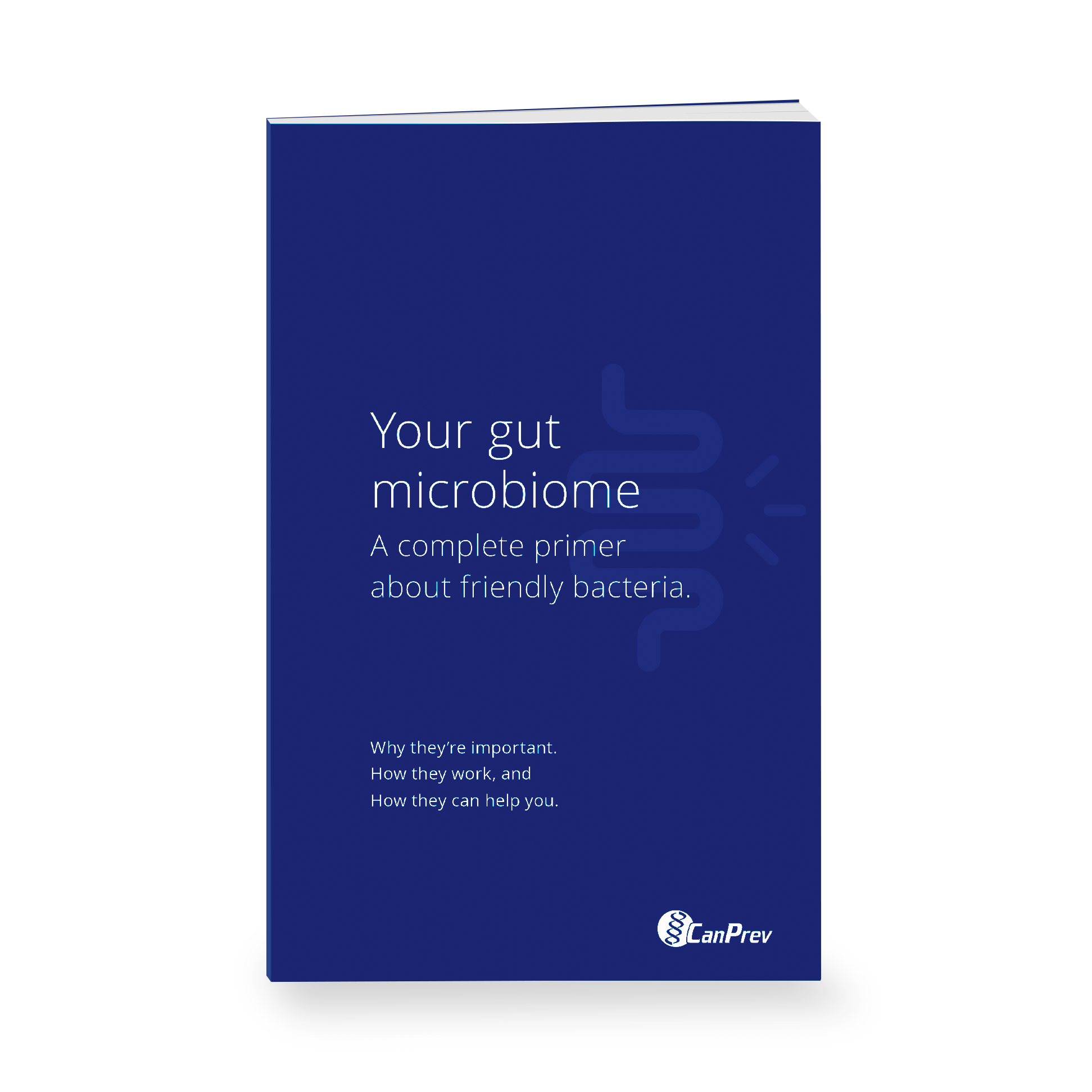There is a host of scientific studies linking magnesium to many different health conditions, but reviewing these effects one by one is overwhelming and confusing. Instead, it’s more helpful to look at magnesium’s underlying physiological mechanisms. Understanding what magnesium does fundamentally will let us better understand how insufficient magnesium levels might affect our bodies and our daily lives.
Magnesium’s hundreds of roles can be roughly categorized into four basic functions. One of those functions is activating enzymes and another is creating cellular energy. Let’s break down how these processes actually happen and take a closer look at the relationship between magnesium enzymes and energy.
Enzymes
We are kept alive by trillions of chemical reactions that occur in the body. Carbohydrates are broken up and harvested for energy. New tissue is created. Cellular waste products are removed. New strands of DNA are synthesized. This collection of chemical processes is called metabolism.
The speed a reaction occurs will depend on factors like temperature, pressure, solubility and concentration of molecules. We use these factors every day. You might notice that sugar dissolves in hot water faster, or putting food in the refrigerator will slow the rate of decay. When you make a campfire, a hotter flame will burn wood faster.
Our metabolism needs to occur at a certain speed to stay alive. But we don’t have the liberty of turning the body into a raging furnace to speed up these reactions (not without damaging many things). That’s where enzymes come in.
Catalysts
Enzymes are bits of protein that catalyze and regulate almost all metabolic reactions. As catalysts, they reduce the energy needed to spark a chemical reaction and speed up reactions. Without enzymes, reactions that would normally take milliseconds might take hours or days.
Some enzymes require an additional ions or molecules called cofactors to function. Without a cofactor bound to its structure, an enzyme may float dormant, unable to catalyze any reactions.
Cofactor for Enzymatic Pathways
Magnesium is a cofactor for several important enzymes in the body, like DNA/RNA polymerases, used to transcribe new DNA/RNA strands, and guanylate cyclase used to regulate the movement of minerals across cell membranes.
A 1968 estimate suggested that magnesium was a required cofactor for 300 enzymatic reactions. This figure is found in many medical texts and quoted by many scientific papers. Since then, many more enzymes that rely on magnesium have been identified. A search of today’s enzymatic databases reveals over 600 enzymes that magnesium is a cofactor for and another 200 enzymes that need magnesium to be activated.
Magnesium, Enzymes and Cellular Energy
Arguably the most important enzymes that magnesium is a cofactor for are the ones that produce cellular energy. These enzymes form a series of pathways (glycolysis, Kreb’s cycle, phosphorylation) that convert organic compounds like glucose sugars into smaller molecules called adenosine triphosphate (ATP). ATP acts as our main unit of cellular energy.
Every one of our hundred trillion cells manufactures ATP to store and shuttle intracellular energy. ATP stores a tremendous amount of potential energy in the bonds of the second and third phosphate groups. When the cell wants to carry out a function like cellular division or transport molecules across the cell membrane, it breaks this bond and releases the energy.
We use a tremendous amount of ATP all the time. The typical adult only stores about 50g of ATP in the body so each ATP molecule is recycled over a thousand times a day.
ATP
To get an idea of just how much we use, let’s look at some back-of-the-napkin calculations. (If you’d like to avoid the math, feel free to skip ahead!)
Assume a typical adult needs to eat approximately 2500 calories of food every day. That’s equivalent to consuming 10,460kJ of energy from our food. Let’s also assume all the metabolic pathways that convert food into ATP energy are about 50% efficient. So of the 10,460kJ of food energy we consume, 5230kJ ends up as ATP. One mole of ATP releases around 50kJ of energy in our cells, meaning the body goes through 5230/50 = 104.6 moles of ATP every day. How much is that by weight? One mole of ATP is 507 grams. 104.6 moles x 507 grams/mole = 53,032 grams or 53kg of ATP processed every day.
Our calculations estimate that 53kg of ATP is used every day. That’s a lot of ATP, about three-quarters the body weight of your average adult human! Luckily, humans are really good at recycling and recharging spent ATP (adenosine diphosphate or ADP) through those previously mentioned metabolic pathways. The typical adult only stores about 50g of ATP in the body so each ATP molecule is recycled over a thousand times daily! Since these pathways are magnesium dependent, we need quite a bit of magnesium on hand to fuel a continuous production of ATP.
Magnesium = ATP
Since these pathways (glycolysis, Kreb’s cycle, phosphorylation) are magnesium dependent, we need quite a bit of magnesium on hand to fuel a continuous production of ATP.







Leave A Comment